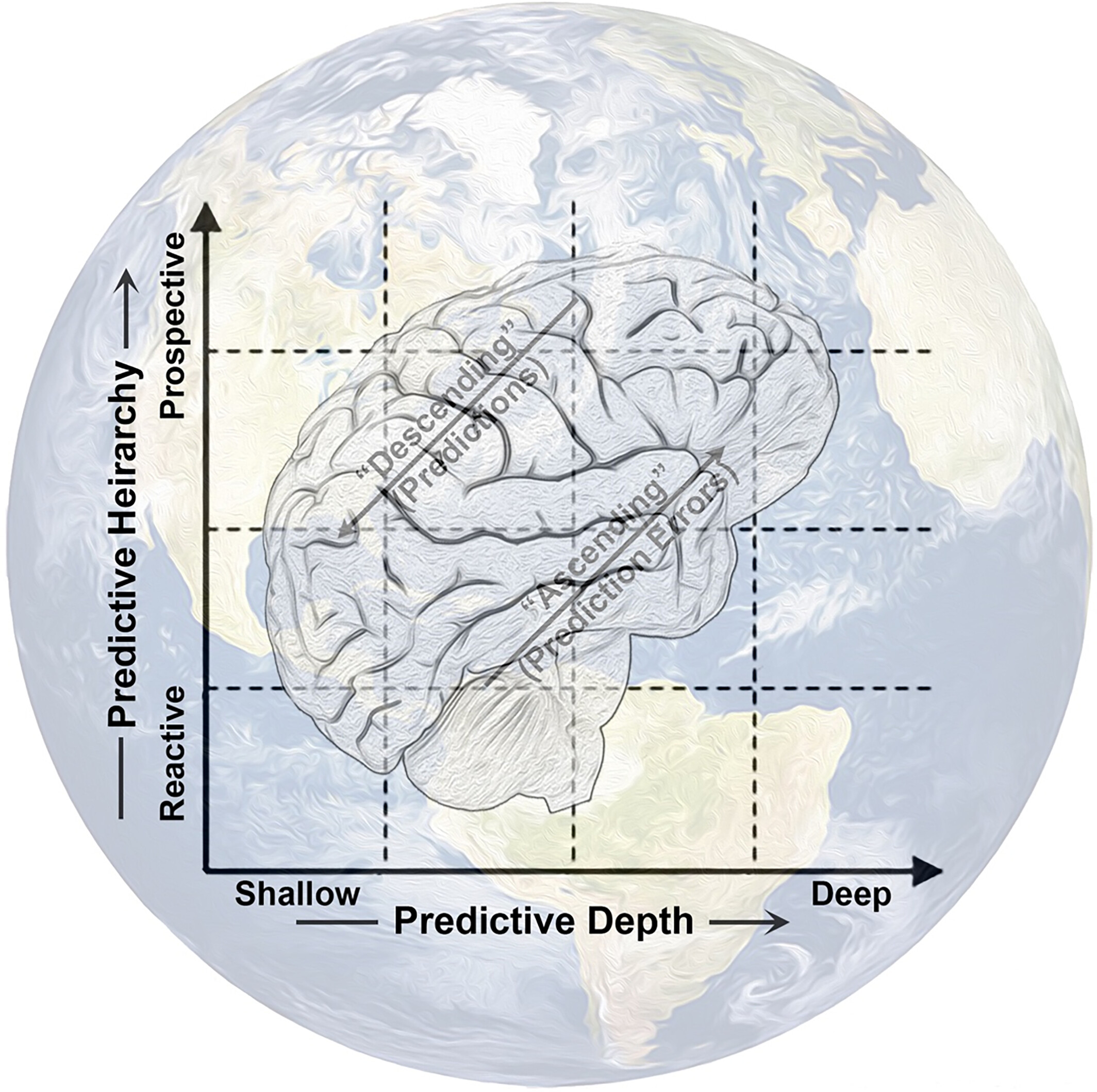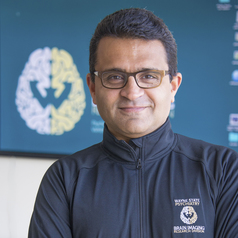
A paper by Wayne State University neuroscientists expanding on the idea that the human brain is a prediction device hints at, in part, how in the era of artificial intelligence the field of neuroscience will have to grapple with the role of consciousness and time, understand how the human brain engages in prediction and optimization, and if how the brain does this differs from AI “brains.”

School of Medicine Professor of Pediatrics and of Neurology Otto Muzik, Ph.D., and Professor of Psychiatry and Behavioral Neurosciences Vaibhav Diwadkar, Ph.D., co-wrote "Predictive depth and predictive hierarchies in the human brain: From Reaction to Action,” published in the journal Wiley Interdisciplinary Reviews Cognitive Science.
The theoretical position paper looks at previously published academic papers to provide a comprehensive explanation of how, in interacting with the world, the brain responds to an array of unpredictable predictive challenges. Drs. Muzik and Diwadkar use the brain’s ability to regulate the body’s core temperature, called human behavioral thermoregulation, as the key example for how predictive hierarchies allow the brain to address predictive challenges in virtually any domain. They also touch on the timing of such predictions, from shallow, or short timing, to deep, lengthier timing.

Both scientists have researched human behavioral thermoregulation in the body before, starting with the 2018 study “Brain over body: A study on the willful regulation of autonomic function during cold Exposure,” which suggested that human thermoregulation depends on an intersection of reactive and prospective processing.
“It is widely accepted that the human brain is a prediction device. What this means is that the brain interacts with the environment by generating predictions about the future, thus optimizing actions over unpredictable time horizons,” Dr. Diwadkar said. “How can our brain do this? It is accepted that the brain does this by creating ‘generative models.’ These models are the brain’s way of incorporating the past into putative representations about the future and the consequences of actions that the brain might undertake.”
Predictions range from the immediate, such as reacting to a driver in front of one’s car, to longer term, such as planning for a future event.
“The brain can successfully respond to predictive challenges, because these have been incorporated into internal generative models. These models are endowed with degrees of predictive depth, from shallow to deep. With depth comes an array of responses that optimize interactions with the world. The brain’s implementation scheme for these models comes from its ability to dynamically form predictive hierarchies. These hierarchies can be formed in any behavioral domain. We suggest that our proposed extensions to the predictive framework provide a generalizable set of principles that can further illuminate the many facets of the predictive brain,” Dr. Diwadkar added.
One of the generalizable principles implied in the paper is the ability of their framework to explain how a loss of the brain’s ability to form adaptive predictive hierarchies can explain aspects of conditions such as schizophrenia, mood disorders, obsessive compulsive disorders and addiction.
In this theoretical extension, they argue that existing predictive frameworks in the field of neuroscience don’t account for how the brain’s generative models incorporate predictive depth. They provide a scheme that explains how the brain adaptively forms predictive hierarchies from its functional networks to implement predictive depth.
“This sounds complicated but again is quite simple. Thus, the degree of predictive depth needed to deal with the erratic driver is relatively shallow. The time horizon is short – on the order of seconds – and brain networks that are low in the action-reaction hierarchy can be relied on to mediate our actions, such as ‘slow down to let the driver go further ahead,’” Dr. Diwadkar said. “However, the predictive depth needed to plan for events in future time horizons is very deep, because the timeline is longer and the consequences of actions might not be clear cut. Here, the brain will need to form more complex predictive hierarchies and incorporate newly-evolved brain regions like the prefrontal cortices that permit what has been called prospection – using our stored representation of time to forecast events that have yet to occur.”